Use this simple natural shampoo recipe to make your own chemical-free hair care! With just 3 ingredients, you can make a healthy shampoo that won’t strip your hair of its natural oils.
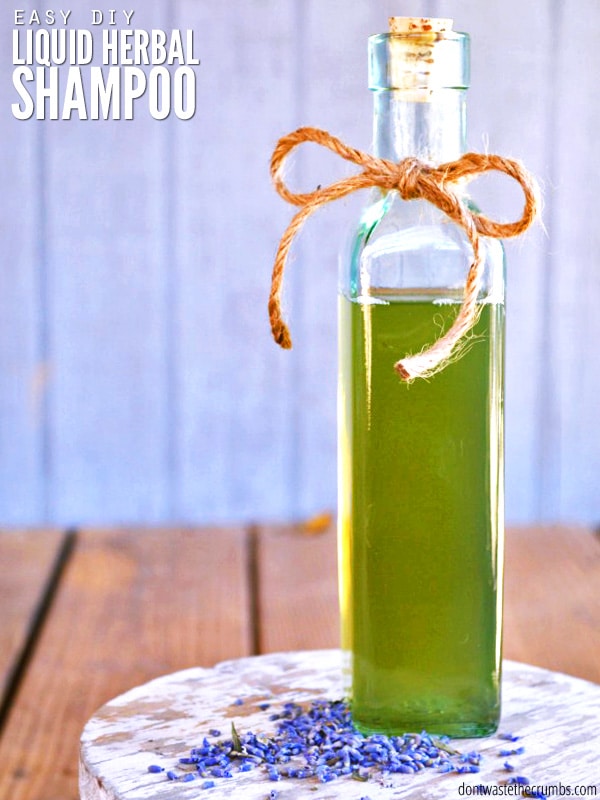
A while back I shared how to make your own herbal shampoo bars, and wow – they were a hit! I am so amazed at the interest in simple, natural products!
However, some of you were cautious about using lye and hesitant about the soap-making process as a whole.
I totally understand!
It took me quite a while to be confident in making soap and shampoo bars before I was ready to share with others. Even now, I am very particular with my measurements and handling of raw soap.
So, for those who still want a simple, natural hair care solution but aren’t quite ready to dive into soap-making, I have the perfect solution: Homemade Herbal Shampoo!
IS NATURAL SHAMPOO GOOD FOR ALL HAIR TYPES?
I will state up front that this particular homemade shampoo does not work very well for my hair type, nor did the previous liquid shampoo I tried.
You see, I have very oily hair and have gone through quite a process to figure out what works for me. When it was all said and done, my hair needed a slightly more aggressive soap like these Herbal Shampoo Bars. Check out my method here and avoid these mistakes when washing without traditional shampoo!
But I’m sure you’ve gone through a similar process, too, with commercial shampoos, right? You try one out; it may or may not do the job, so you try another?
Homemade shampoo isn’t any different. There are formulas for normal hair, oily hair, curly hair, fine hair, frizzy hair, color-treated hair, and dry hair. We are all created differently with a variety of skin and hair types, and that is a beautiful thing!
So regardless of your hair type, use this recipe as a starting point if you want a natural option. You never know – this shampoo may work really well for you!
DIY HERBAL SHAMPOO
For this recipe, we have liquid Castile soap to help get your hair clean, and herbal water to help nourish your hair. That’s it!
The whole process of making your own herbal shampoo takes just a few minutes of hands-on time, plus the steeping time for the herbs. You’ll have your own homemade natural shampoo ready in no time!

HOMEMADE SHAMPOO RECIPE INGREDIENTS
This homemade shampoo recipe has just 3 natural ingredients plus water, and you can try different combinations depending on what you have and what you discover works best for your hair!
- 2 Tbsp dried herbs (see suggestions below)
- 1 cup hot water
- ⅛ cup liquid Castile soap
- 5 drops of vitamin E oil or jojoba oil
HOW TO MAKE SHAMPOO
Step 1: Pour gently simmering water over the dried herbs in a jar and cover. Let steep for about an hour.
Step 2: Strain the herbs out and pour the water into a bottle (an old shampoo bottle would be perfect.) Add the liquid Castile soap and drops of oil.
Note: when you add the Castile soap to the herbal water, it will change colors! I used lavender, and my water was a beautiful purple color. When I added in the Castile soap, it turned green! I’m not sure what the chemical reaction that occurred is all about, but it was pretty neat to see the change.
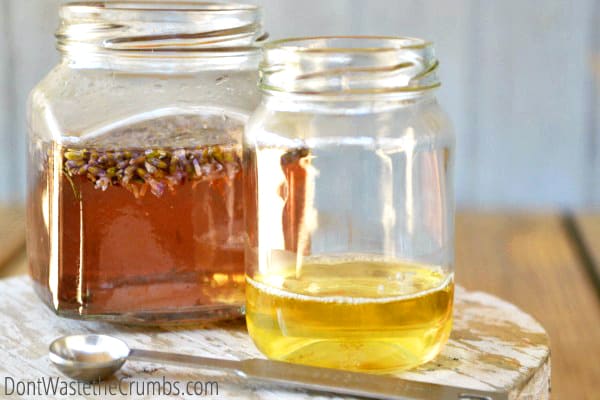
Step 3: Gently swish to mix.
To use this natural shampoo, pour it straight onto your hair and massage it into your scalp. Rinse, and you’re done!
If desired, follow up your shampoo routine with a Homemade Conditioner. Conditioner can be as simple as a small drop of argan oil, or a fancy mix of kitchen ingredients like honey and coconut oil!
Since the goal of natural shampoo is to avoid unwanted ingredients such as paraben, fragrances, silicone, and sulphate, the textures of your shampoo will be quite different.
Realize that this natural shampoo is not as thick as commercial shampoo, because it doesn’t have all of the added thickeners and emulsifiers. You also won’t get as much of a lather with this chemical free shampoo as you would with a store-bought version.
But you will get naturally clean, fresh-smelling hair!
BEST NATURAL SHAMPOO HERBS
There are quite a variety of herbs that will benefit your hair. Most of them have vitamins and minerals that help to strengthen the hair and nourish the scalp. Plus the delicious scent of fresh herbs is fantastic!
Here are some of the best natural shampoo herbs that would be perfect to use in this homemade shampoo recipe:
CALENDULA
The calendula flower contains many minerals and antioxidants, promoting strong, healthy hair by increasing the production of collagen and circulation around the hair follicles.
HIBISCUS
Full of vitamins and antioxidants, hibiscus will increase scalp and hair health. It may even prevent premature graying and dandruff.
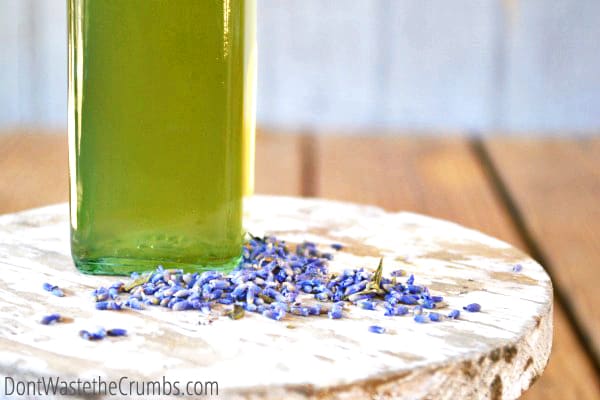
LAVENDER
Lavender is a powerful anti-inflammatory, antiseptic, and anti-microbial flower that’s great for all skin and hair types. It is soothing and nourishing to the scalp, which helps balance the natural oils and increase circulation around the follicles.
PEPPERMINT
Mint will help stimulate follicles and may heal chemical and environmental damage. It is anti-fungal and anti-inflammatory, promoting growth and scalp health.
ROSEMARY
Rich in vitamins and antioxidants, rosemary is one of the most popular herbs for promoting hair health and growth. It is especially helpful in re-growing prematurely thinned hair and may help prevent graying.
SAGE
The antiseptic and antibiotic properties of sage may help heal skin issues that stunt hair growth. There are many vitamins and minerals contained in the healing herb.
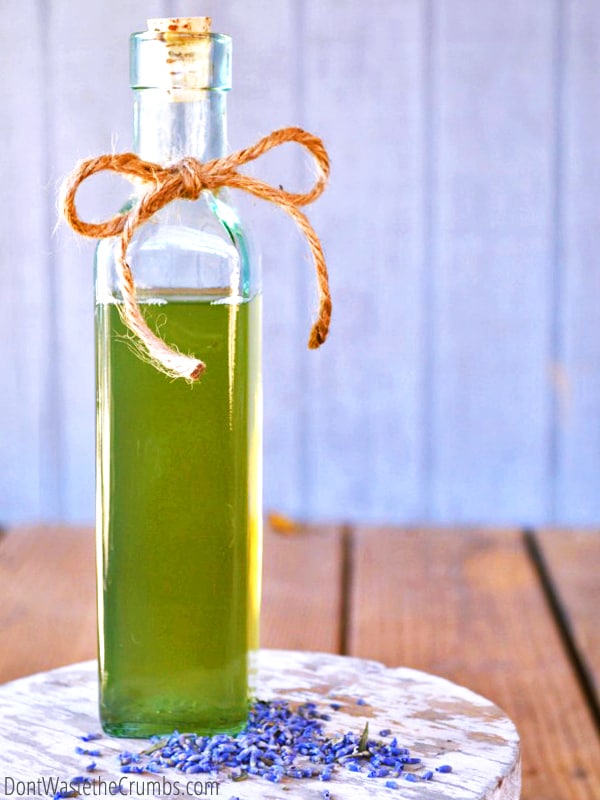
ALL NATURAL SHAMPOO FAQS
How can I customize this all-natural shampoo?
You can add beneficial ingredients like apple cider vinegar for oily hair, tea tree oil or aloe vera for dandruff, coconut milk for dry hair, or other organic ingredients to find the perfect shampoo blend for your hair.
Does natural shampoo have a rich lather?
Because natural shampoo doesn’t contain any sulfates like traditional shampoos, it won’t lather nearly as much. However, that doesn’t mean your hair isn’t getting clean!
Many shampoo manufacturers add lathering agents to give you that sudsy feel, but the lather doesn’t necessarily get your hair cleaner. It’s purely for effect.
MORE NATURAL HAIR AND SKIN CARE RECIPES
- DIY Face Serum
- Homemade Body Lotion
- How to Make Shaving Cream
- Benefits of Goat Milk Soap for Body Wash


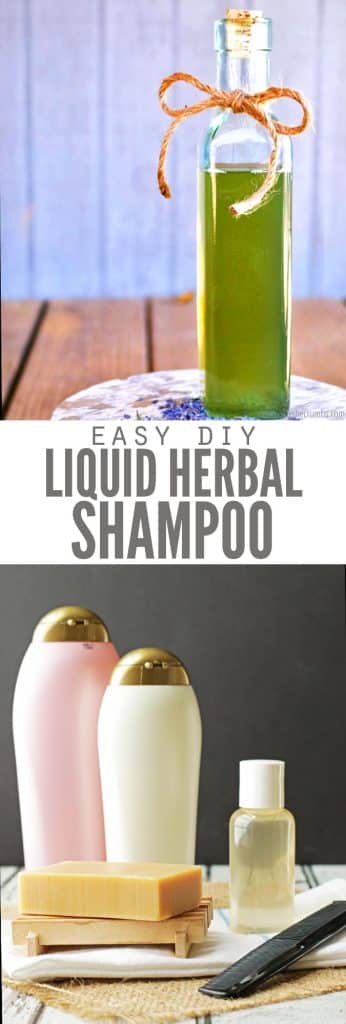
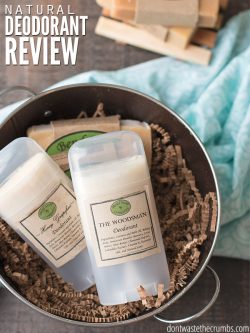
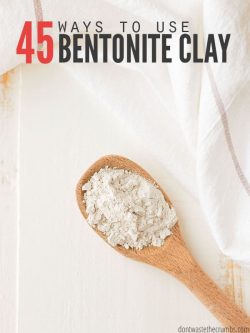
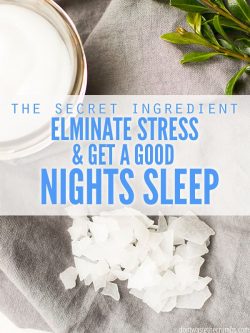



Can you use essential oils instead of herbs?
Hi Jennifer,
Yes, you can. We haven’t used EOs in this recipe, but they’re in our shampoo bar recipe. https://dontwastethecrumbs.com/homemade-shampoo-bar/
Just be sure that it’s a therapeutic grade EO, and that you start with only 2-3 drops, and build up to your desired amount. Hope this helps.
I don’t see any responses to any of the listed questions so I don’t expect an answer to mine either but here goes anyway. I have peppermint, rosemary and sage growing in my yard. How should I use the fresh herbs?
Hi Michele, Just follow the recipe as directed: “Pour gently simmering water over the herbs in a jar and cover. Let steep for about an hour.
Strain the herbs out and pour the water into a bottle (an old shampoo bottle would be perfect.) Add the liquid Castile soap and drops of oil.” Having them fresh will just make the herbs more potent. 🙂
Okay, I just finished making my first batch of this shampoo. I used hibiscus petals and it didn’t change color at all. The thing I’m noticing the most about it is that it is totally liquid, not thick like shampoo usually is. It is difficult to control the amount that comes out from the bottle (I used an old shampoo bottle) because it pours out quickly like water. Is this to be expected? Of course, as I’m thinking this through, it would be hard to expect 1/8 cup of liquid soap to thicken a whole cup of water. I’m just surprised, that’s all. How do you deal with this issue? Surely yours must be the same.
About the mixture turning green: I read on another website where they were making toilet bowl cleaner using castile soap and baking soda. She said her mixture turned white. Just thought it was interesting to see these apparent chemical reactions from different people.
1. Can u use this on colored hair? I’ve heard that the ph can strip the color.
2. What are the ratios of the herbs? Ie a tbs vs two? Of each?
Do you Need to add a preservative since you are adding water?